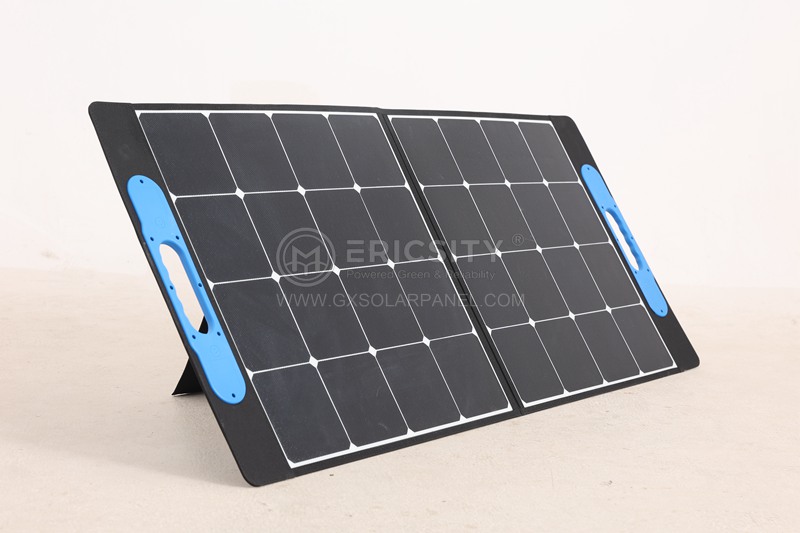HOT PRODUCT
Product Details
amorphous Solar Panels In Solar-powered Gadgets
Title: Amorphous Solar Panels in Solar-Powered Gadgets
Introduction:
The growing demand for sustainable energy solutions has led to an increasing adoption of solar power in various industries. One of the key developments in solar technology is the use of amorphous solar panels in solar-powered gadgets. Amorphous silicon (a-Si) panels offer several advantages over traditional crystalline silicon panels, making them an ideal choice for powering small electronic devices. This article explores the features, applications, advantages, and challenges associated with amorphous solar panels.
Features of Amorphous Solar Panels:
Amorphous silicon solar panels are built using a non-crystalline form of silicon, allowing for flexibility and lightweight design. This feature enables them to be integrated into various gadgets such as smartphones, wearables, and outdoor electronics. Unlike their crystalline counterparts, amorphous panels are also able to efficiently generate electricity even under low-light conditions, making them suitable for charging devices on cloudy days or indoors using ambient light.
Applications of Amorphous Solar Panels in Gadgets:
The integration of amorphous solar panels into gadgets has opened up a new range of possibilities for portable solar power. These panels are commonly used in the following applications:
1. Mobile Devices: Amorphous solar panels are now incorporated into smartphones, tablets, and other mobile devices, allowing users to charge their devices using sunlight. This feature proves highly useful in outdoor settings where traditional power outlets are scarce.
2. Wearable Electronics: Fitness trackers, smartwatches, and other wearable gadgets often require frequent charging. Amorphous solar panels integrated into these devices provide a convenient method of charging without depending on traditional power sources. This eases the burden of battery management for users.

3. Outdoor Electronics: Solar-powered outdoor devices, such as GPS units, cameras, and portable speakers, can benefit significantly from amorphous solar panels. These panels ensure a constant supply of power in remote or off-grid locations, eliminating the need to carry spare batteries or rely on traditional charging methods.
Advantages of Amorphous Solar Panels:
1. Flexibility: The non-crystalline structure of amorphous solar panels allows for flexibility, enabling their integration into various gadgets with curved or irregular surfaces. This flexibility ensures greater design versatility and improves the overall aesthetics of solar-powered devices.
2. Efficiency under Low Light Conditions: Amorphous panels perform efficiently even in low-light conditions, generating electricity from ambient and indirect sunlight. This feature extends their usability to indoor environments, providing users with a consistent, reliable power source regardless of weather conditions.
3. Lightweight and Portable: Due to the thin and lightweight design, amorphous panels are highly portable, making them suitable for solar charging solutions on the go. The compact size enables easy integration into gadgets without adding significant weight or bulk.
Challenges and Future Developments:
While amorphous solar panels offer numerous advantages, they also come with certain challenges. The lower conversion efficiency compared to crystalline silicon panels is one such limitation. However, ongoing research and development efforts focused on improving the efficiency and durability of amorphous panels hold promise for future advancements in this technology.

Conclusion:
Amorphous solar panels have revolutionized solar power integration in gadgets, providing a sustainable solution to meet the increasing energy demands of portable electronic devices. Their flexibility, efficiency under low-light conditions, and lightweight design make them an ideal choice for various gadgets, spanning mobile devices, wearables, and outdoor electronics. As advancements continue, amorphous solar technology has the potential to drive the solar-powered gadget market towards a greener and more sustainable future.




